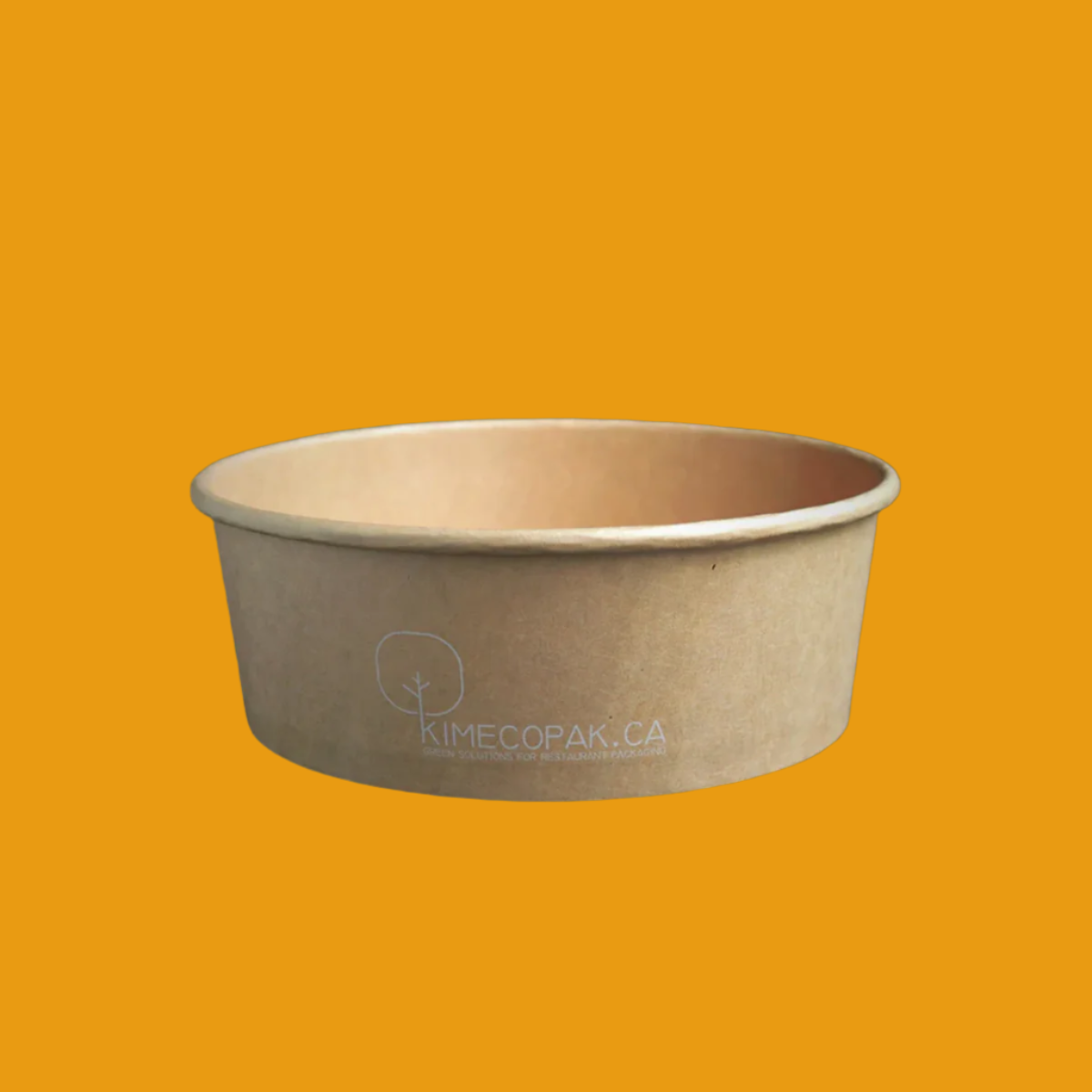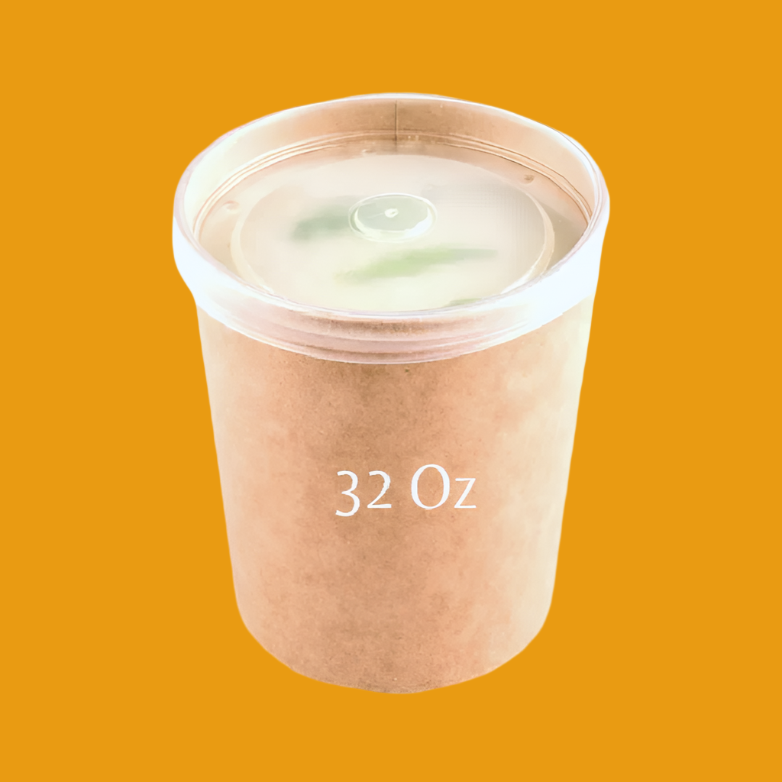Ice cream is a fantastic treat enjoyed across the globe, and has a rich history that extends beyond its creamy texture and delightful flavors. The evolution of ice cream containers is a fascinating journey of innovation, convenience, and marketing prowess. In the article below, we will explore the history of ice cream containers, examining how they have transformed from simple packaging to intricate designs that preserve quality and enhance brand identity.
- Are Ice Cream Cups Gluten Free? Source of Gluten in Ice Cream
- Are Ice Cream Cups Recyclable? How to Properly Recycle Ice Cream Cups
Early Days History of Ice Cream Containers
Ice cream was frequently served in dishes, cups, or even basic cones prior to the development of specialized ice cream containers.
However, as ice cream became more and more popular, there was a growing need for more practical and hygienic ways to distribute and package this frozen treat. The first ice cream containers to be sold commercially appeared in the late 19th and early 20th centuries. These receptacles were frequently constructed from glass, metal, or even wood.
The Advent of Cardboard Cartons
The introduction of cardboard cartons in the mid-20th century marked a pivotal moment in the history of ice cream packaging. Cardboard was lightweight, relatively inexpensive, and could be easily printed with branding and product information. The development of wax-coated cardboard cartons further enhanced their utility, providing a moisture-resistant barrier that helped maintain the ice cream's quality.
Cardboard cartons revolutionized the way ice cream was sold and consumed. They allowed for mass production and distribution, making ice cream more accessible to a broader audience. The standardization of carton sizes also facilitated easier stacking and storage, both for retailers and consumers. This period saw the rise of iconic brands, with their distinctive cartons becoming a familiar sight in grocery stores and homes.
Plastic Tubs: A Modern Approach
The late 20th century saw another significant shift with the introduction of plastic tubs. Plastic offered several advantages over cardboard: it was more durable, provided better insulation, and could be molded into various shapes and sizes. Plastic tubs often featured airtight lids, which helped prevent freezer burn and extended the shelf life of the ice cream.
Plastic packaging also opened up new possibilities for branding and presentation. Clear tubs showcased the ice cream inside, appealing to consumers' visual senses, while custom-molded designs allowed brands to differentiate their products on the shelves. Despite concerns about environmental impact, the convenience and functionality of plastic tubs have made them a mainstay in the ice cream industry.

Innovation and Customization Ice Cream Containers
As consumer preferences and market dynamics have evolved, so too have ice cream containers. Modern packaging solutions emphasize innovation and customization to meet diverse needs. Single-serve cups, multi-pack formats, and eco-friendly materials are now common in the market. Brands are increasingly turning to sustainable packaging options, such as biodegradable or recyclable materials, to address environmental concerns and appeal to eco-conscious consumers.
Technological advancements have also played a role in the evolution of ice cream containers. Enhanced printing techniques allow for high-definition graphics and vibrant colors, making packaging more visually appealing. Interactive elements, like QR codes, can provide consumers with additional information or promotional content, creating a more engaging experience.
Exploring Different Materials Used in Ice Cream Containers
Preserving Quality and Flavor
One of the primary functions of any ice cream container is to preserve the quality and flavor of its contents. Modern packaging is designed to protect ice cream from temperature fluctuations, moisture, and contaminants. Innovations like double-walled containers and advanced sealing technologies help maintain the ideal conditions for ice cream storage.
Moreover, the design of the container itself can influence the consumer's experience. Features like easy-open lids, ergonomic handles, and stackable designs enhance convenience and usability. Ensuring that ice cream remains as delicious and fresh as possible from production to consumption is a key consideration in packaging design.

Branding and Presentation
In today's competitive market, branding and presentation are crucial elements of ice cream packaging. The container is not just a vessel for the product; it is a powerful marketing tool. Eye-catching designs, distinctive shapes, and memorable logos help brands stand out on crowded store shelves. Packaging often reflects the brand's identity and values, whether through minimalist designs, vibrant colors, or eco-friendly materials.
Limited-edition packaging, seasonal themes, and collaborations with artists or celebrities are strategies used to create buzz and attract attention. The unboxing experience—how the consumer interacts with and opens the product—has also become an important aspect of packaging design. A well-designed container can enhance the overall enjoyment of the ice cream and build brand loyalty.

Conclusion
The history of ice cream containers is a testament to the interplay between practicality, innovation, and marketing. From the early days of basic storage solutions to the sophisticated and visually appealing designs of today, ice cream packaging has continually evolved to meet the changing needs and preferences of consumers. As the industry moves forward, the focus on sustainability, quality preservation, and distinctive branding will continue to shape the future of ice cream containers, ensuring that this beloved treat remains a delight for generations to come.









